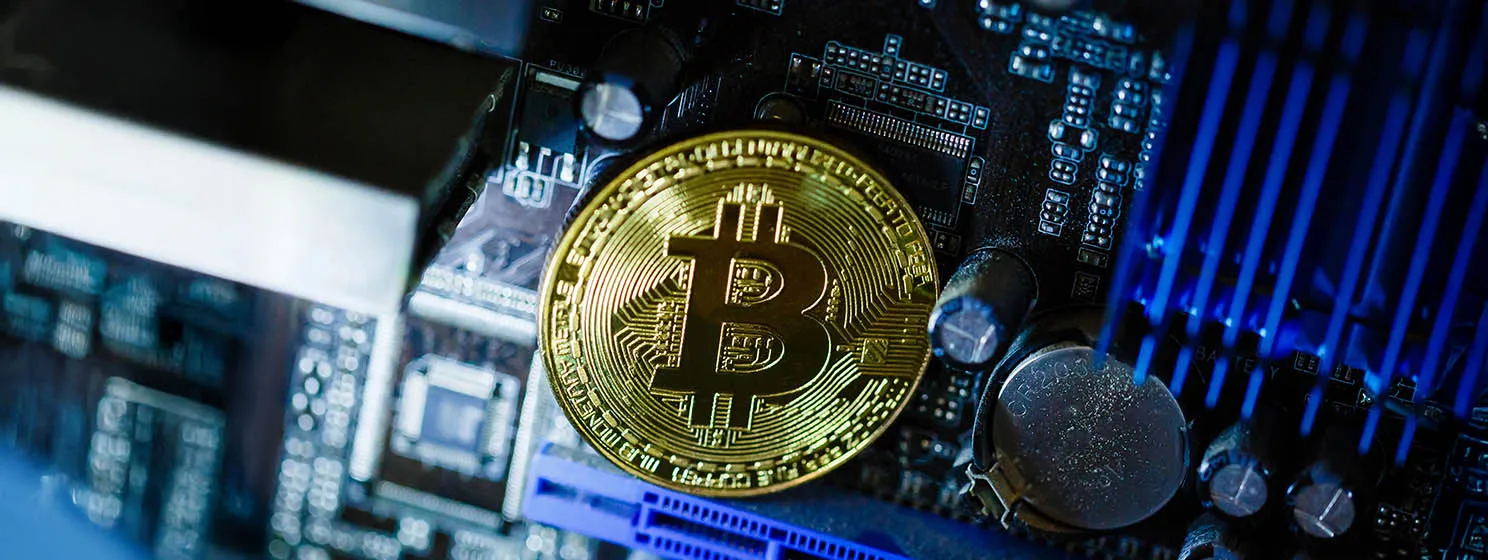|
Getting your Trinity Audio player ready...
|
Could this be the future of payments? While most of us currently use leather-bound wallets to carry our fiat, and cell phones to carry our cryptocurrency, a new wallet is in the works that could make both of them obsolete. Near-field communication (NFC) wallets the size of a grain of rice are becoming all the rave because of their usefulness and installation location—under the wallet owner’s skin.
The wallet, a subdermal microchip, is capable of storing up to 888 bytes, or about 26 encrypted cryptocurrency keys. It is surgically implanted—similar to the identification chips inserted in pet animals—just below the surface of the skin. When someone wants to pay with their cryptocurrency, all the user has to do is scan the chip with his or her NFC-capable smartphone to decrypt the keys and complete the transaction.
If a user needs to change the key, the device can be removed and subsequently replaced with other keys. Since the devices are encrypted, it isn’t possible to simply scan it to extract the code.
One of the first to receive the implant was Martijn Wismeijer. The Dutch crypto investor and crypto ATM installer had two chips installed, one in each hand, for two of his wallets. In an interview with IBTimes, Wismeijer said, “I did it because I wanted to experiment with strong bitcoins using subdermal implants because that’s what I thought would be the Holy Grail of contactless payments.”
Wismeijer said that the process was virtually painless. He had it done at a body piercing studio and, after his story broke, at least 50 other individuals have followed suit.
The process is approved by the Food and Drug Administration (FDA) in the United States. Those that consider making the switch to a sub-skin wallet are cautioned, however, that there have been studies linking NFC chips to cancer.
Cryptocurrency security is one of the most often-discussed topics in the industry. With investors reporting that they have lost as much as 23% of their currency due to theft or fraud, and are not able to get it back, this solution might be a way for users to keep their assets covered.

 06-30-2025
06-30-2025 





